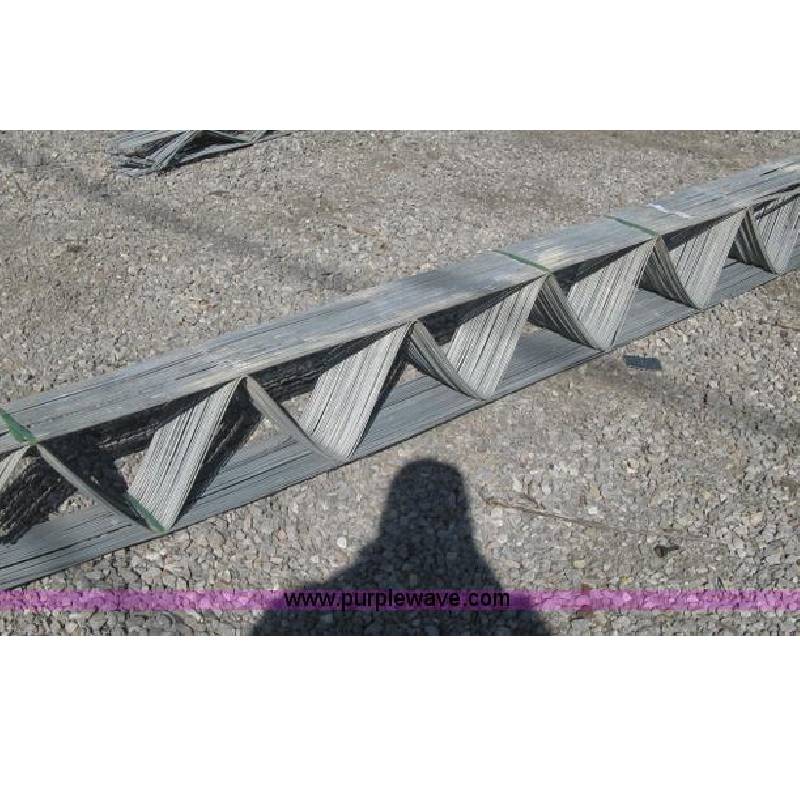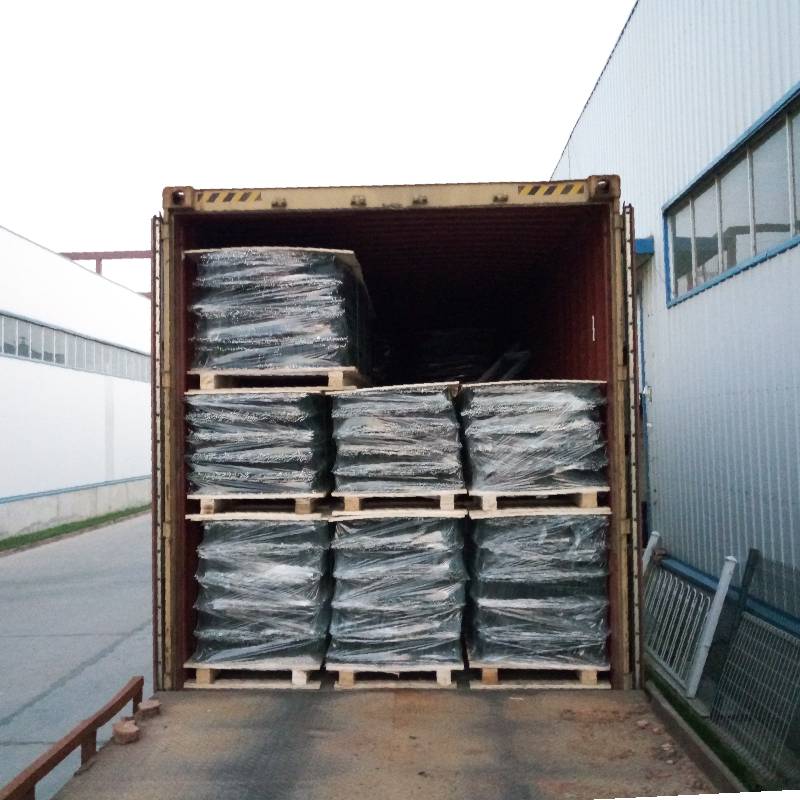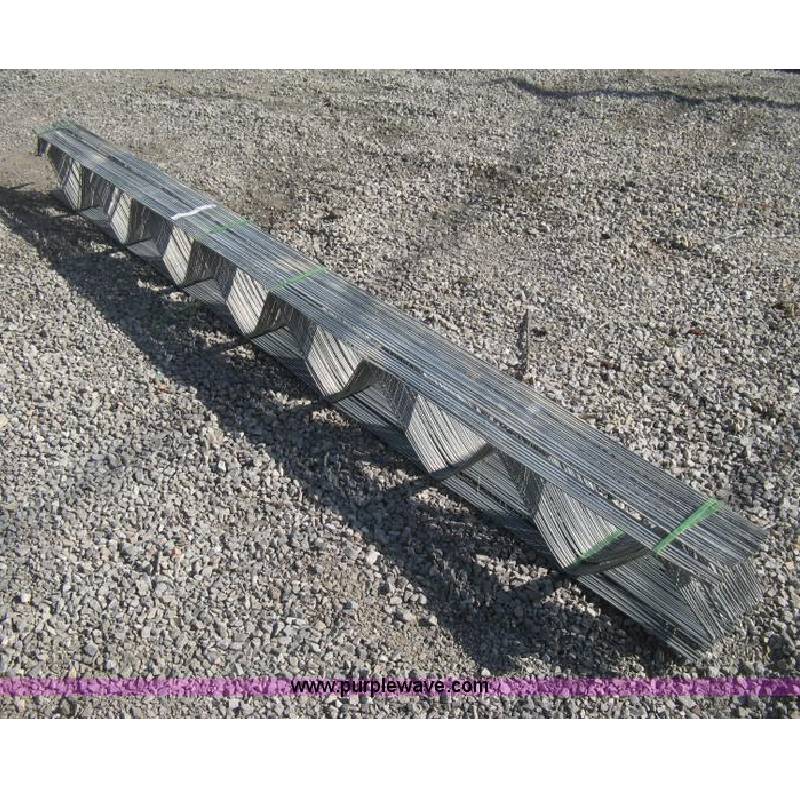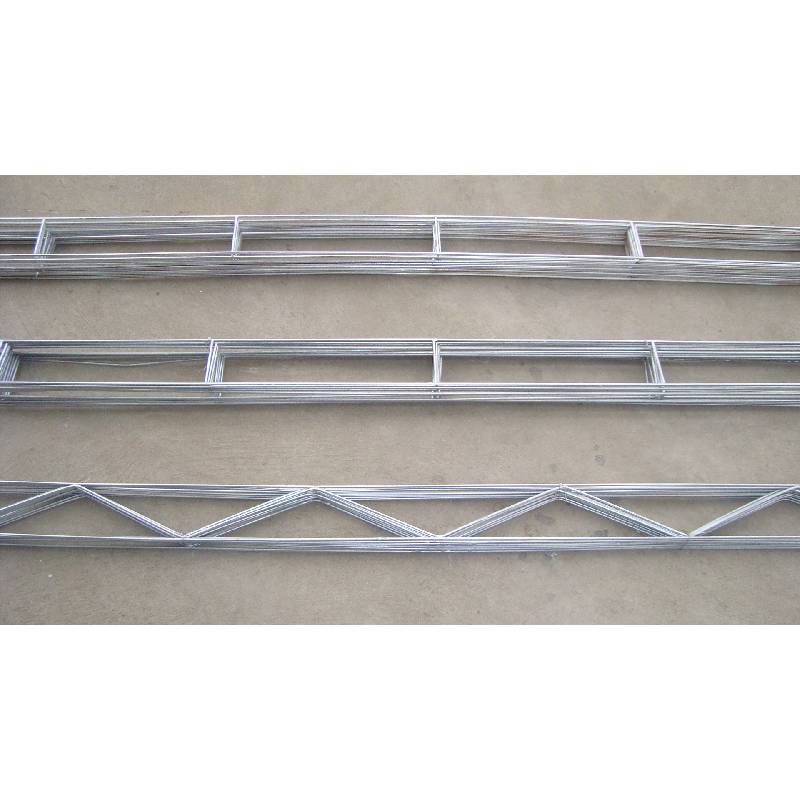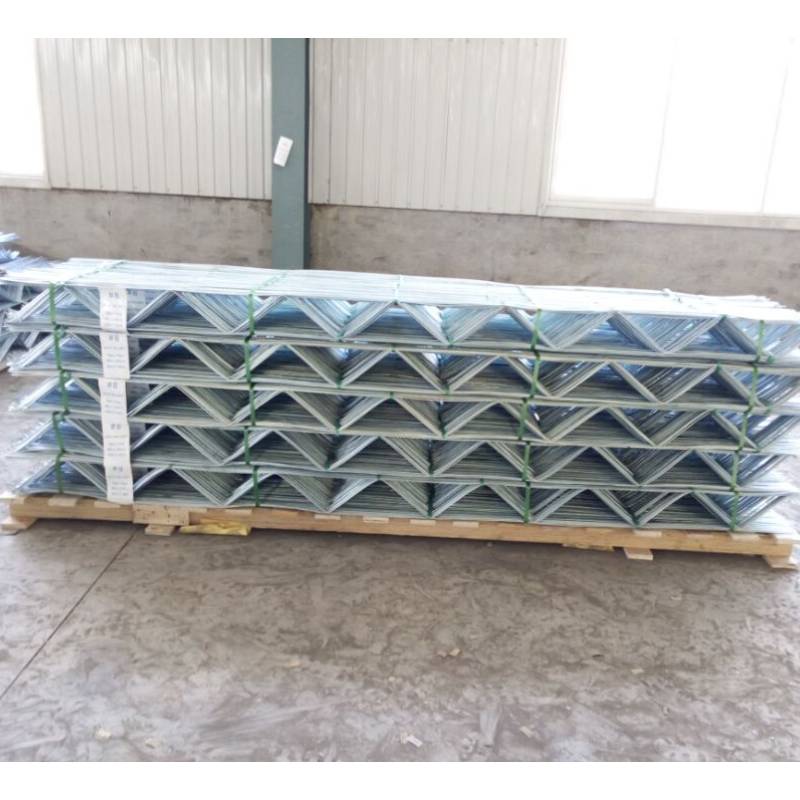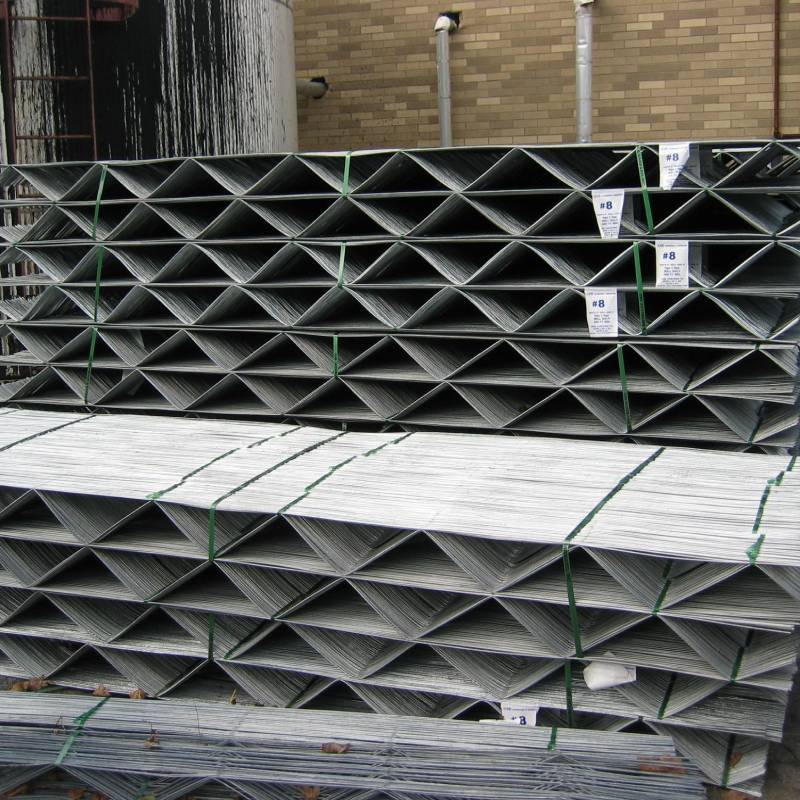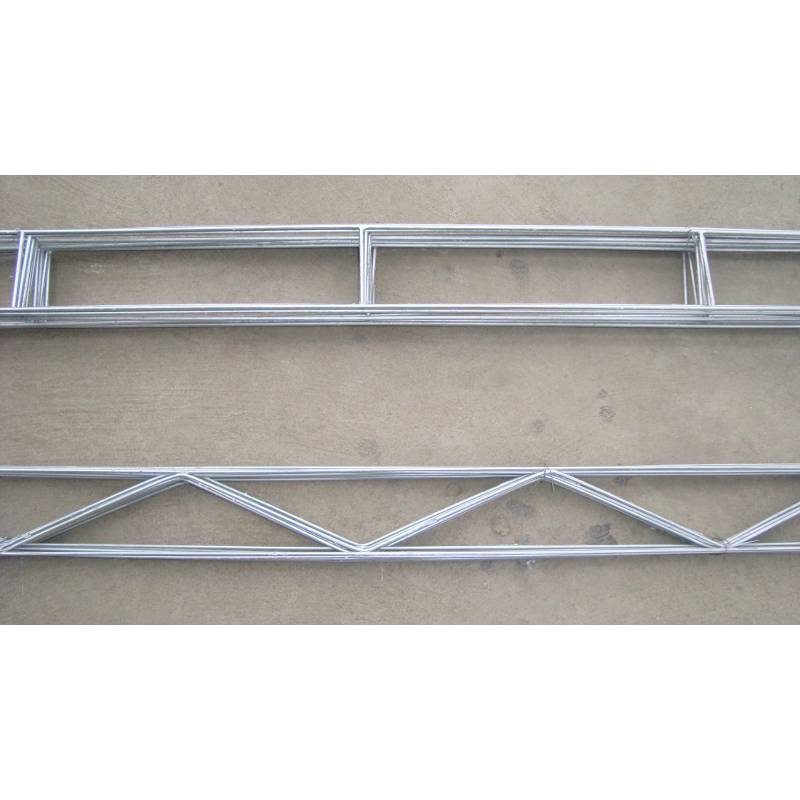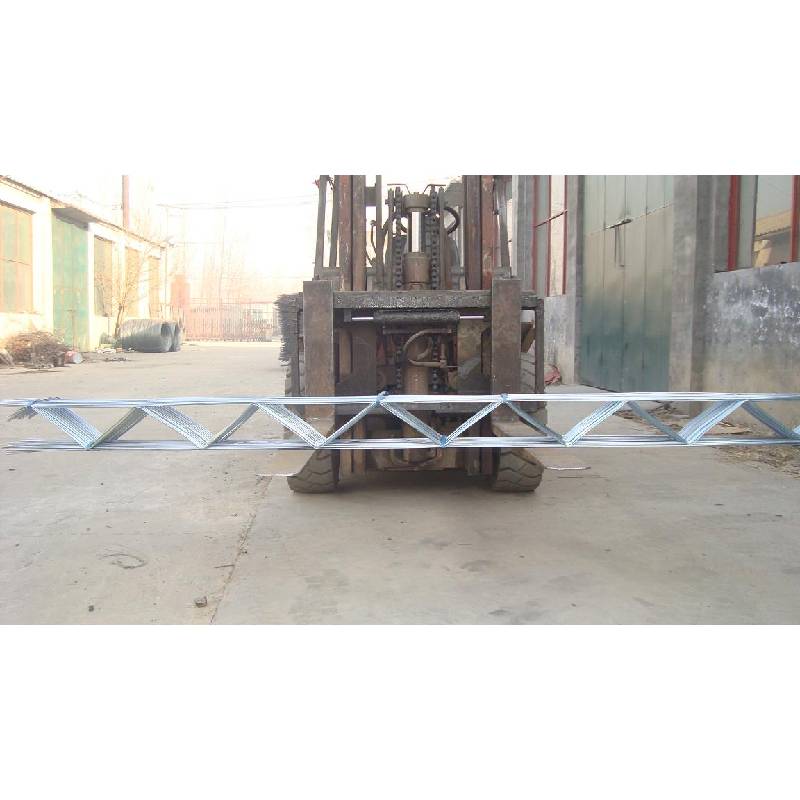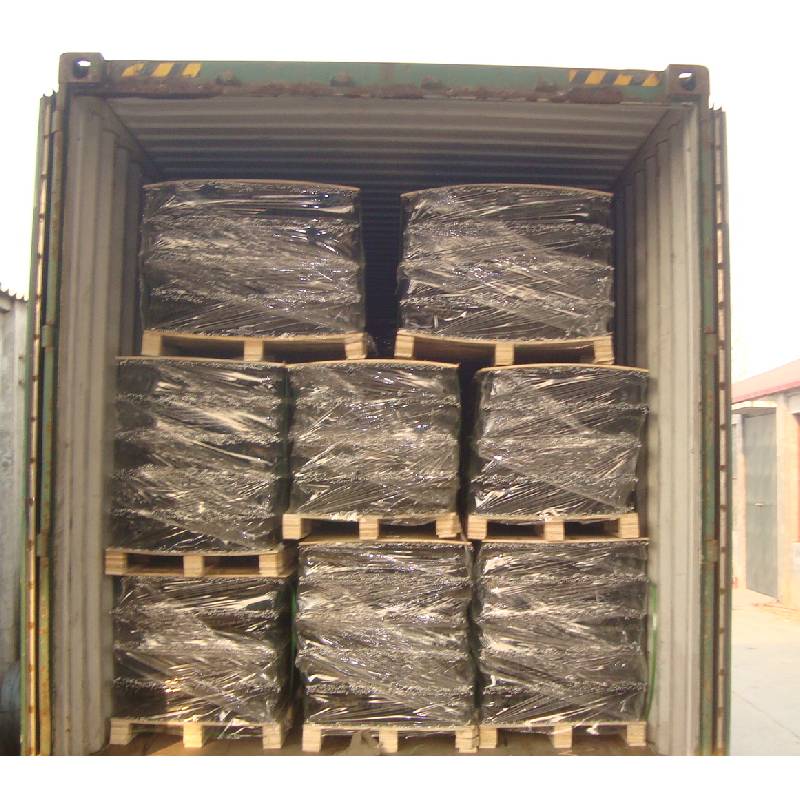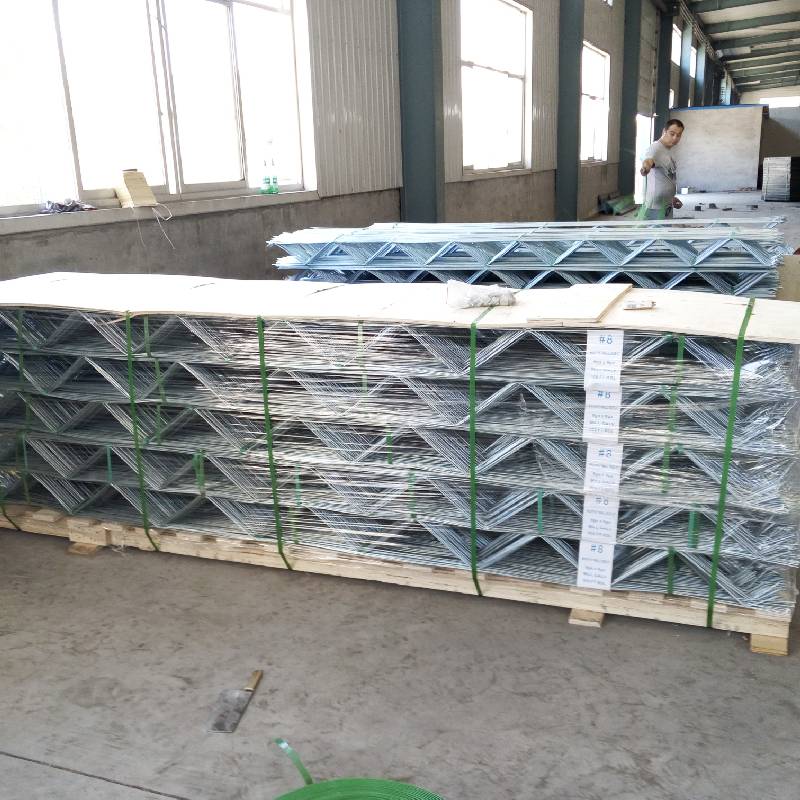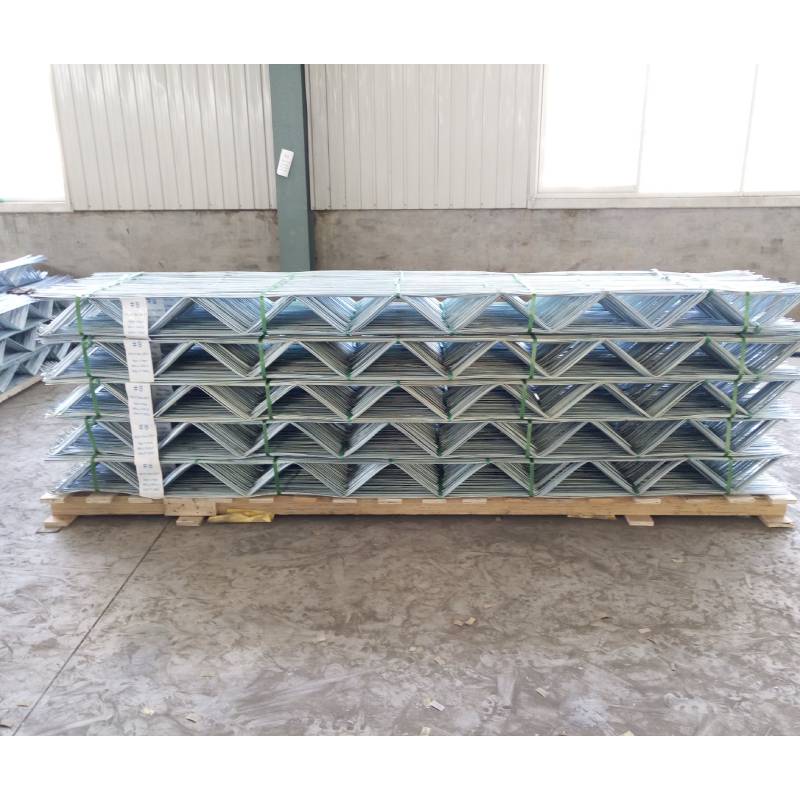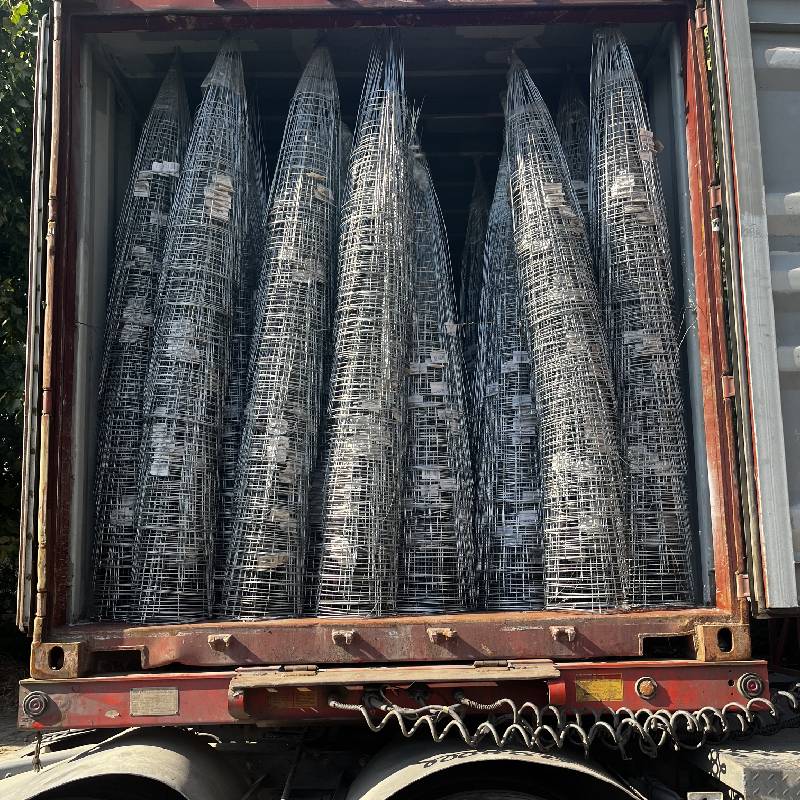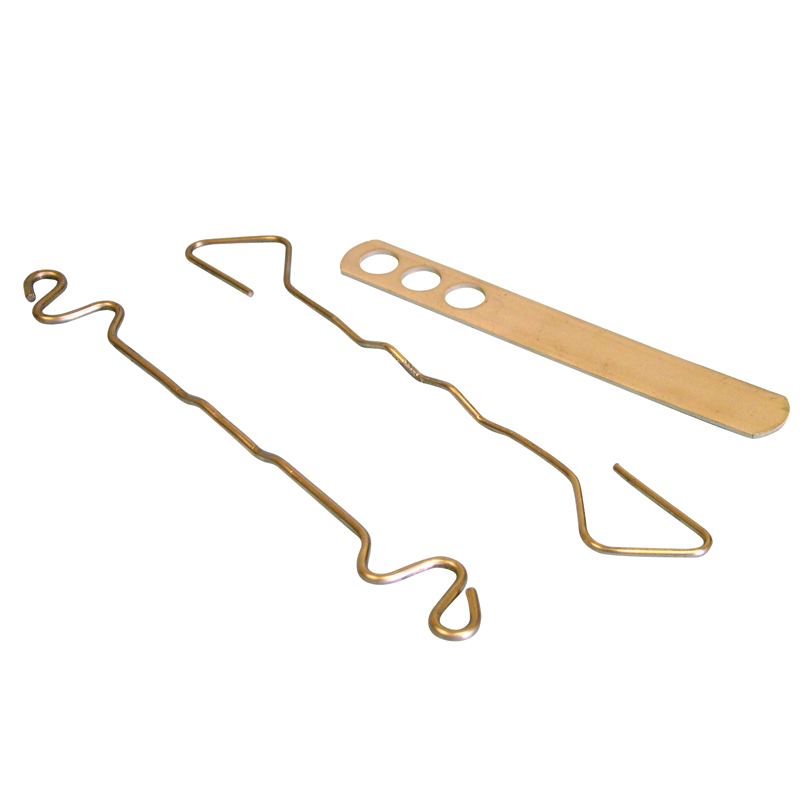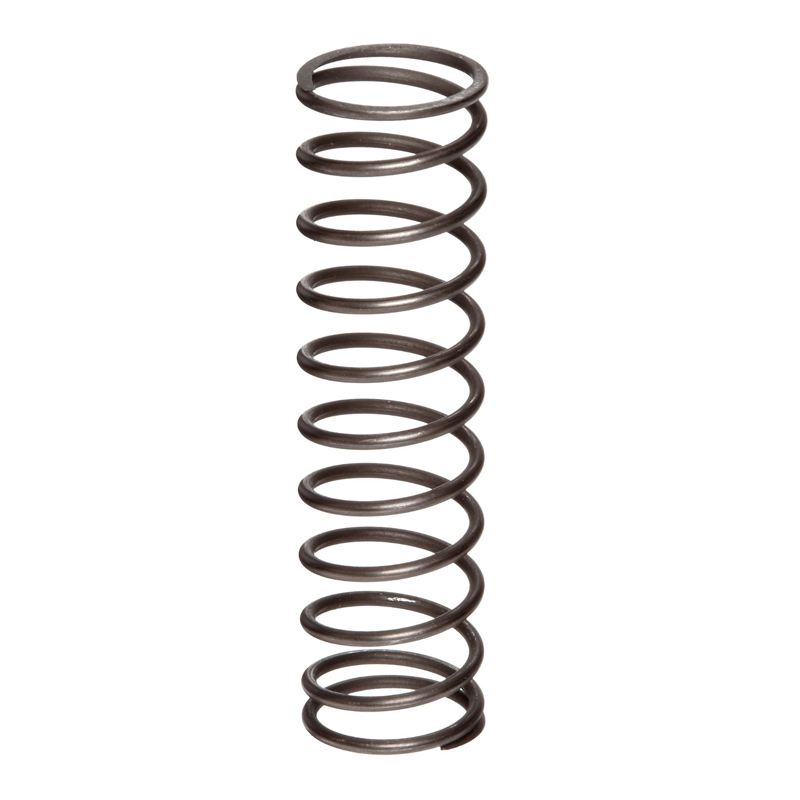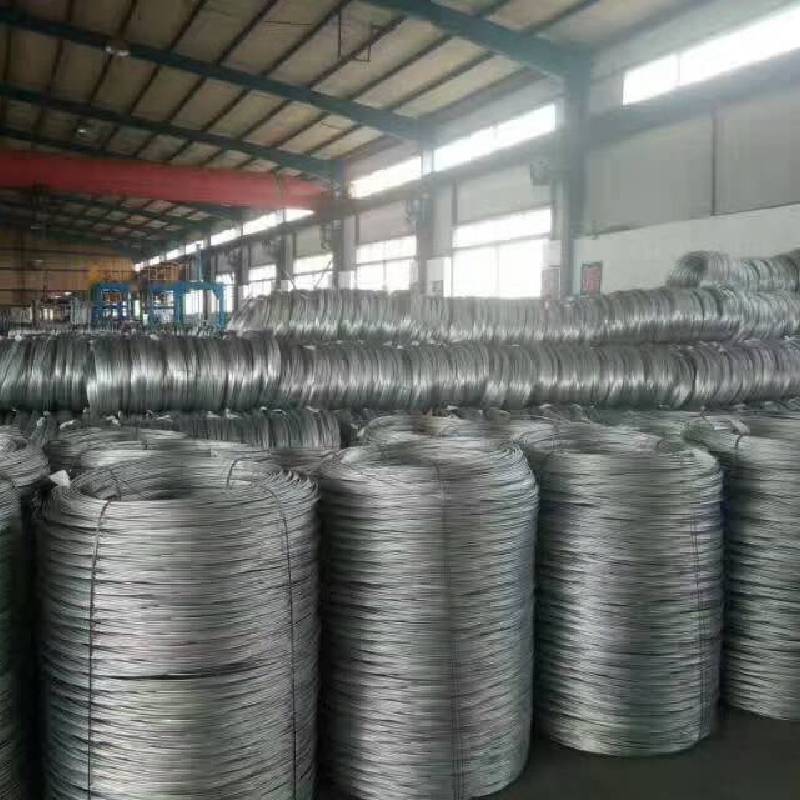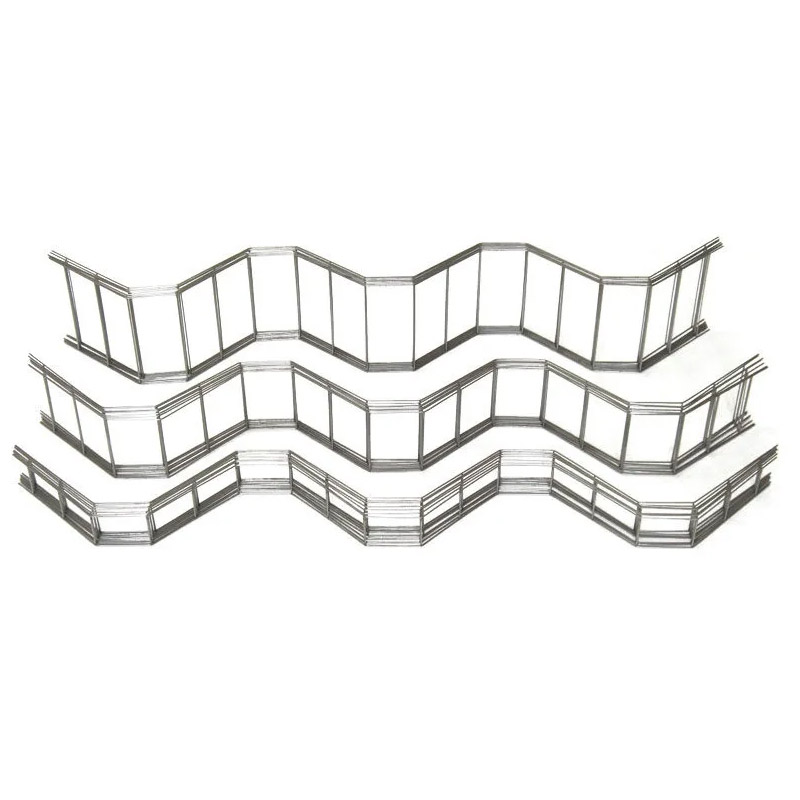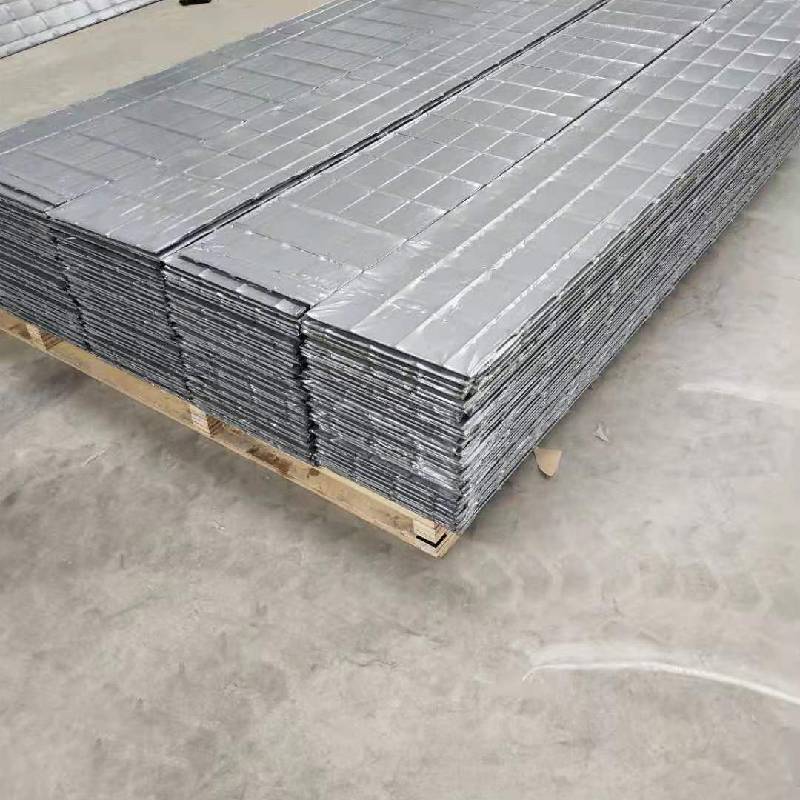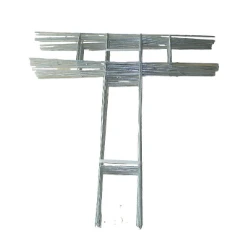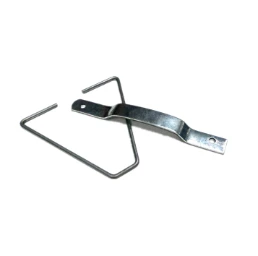Vantagens do produto
1. High strength and stability: Made of high-strength steel wire or stainless steel wire, it has good load-bearing capacity and stability to effectively enhance the strength and stability of masonry structures.
2. Simple and convenient installation: It can be quickly embedded into the mortar joints of masonry walls, reducing construction time and cost.
3. Good seismic resistance: By enhancing the integrity and stability of masonry structures, it improves their seismic resistance and reduces the risk of earthquick damage.
4. Customizable: It can be produced in various sizes and shapes according to actual needs, providing greater flexibility and adaptability.
Instruções do produto
1. Determine the installation position: Based on the design requirements, determine the position and spacing where the wire mesh needs to be embedded.
2. Embed the wire mesh: Embed the wire mesh into the mortar joints of the masonry wall, making sure it is firmly fixed.
3. Pour concrete: Pour concrete into the masonry wall after the wire mesh to ensure full filling and consolidation of the concrete.
4. Inspection and acceptance: After pouring the concrete, inspect and accept the embedded wire mesh to ensure its quality and compliance with the design requirements.
Processo de produção do produto
1. Material selection: Select high-strength steel wire or stainless steel wire as the raw material to ensure the load-bearing capacity and stability of the wire mesh.
2. Wire mesh weaving: Weave the steel wire or stainless steel wire into a continuous wire mesh with the required size and shape.
3. Welding process: If necessary, weld the wire mesh to ensure its stability and connection.
Cenários de aplicação de produto
É utilizado principalmente em paredes de alvenaria para aumentar a estabilidade e resistência da estrutura e melhorar a sua resistência sísmica. Pode ser aplicado em diversas estruturas de alvenaria, como edifícios residenciais, edifícios comerciais, edifícios industriais, etc.
Vantagem de preço do produto
De preço relativamente baixo, é uma solução económica e prática para reforço de estruturas em alvenaria. Seu design e processo de fabricação simples resultam em menores custos de produção, oferecendo preços competitivos aos usuários.





















